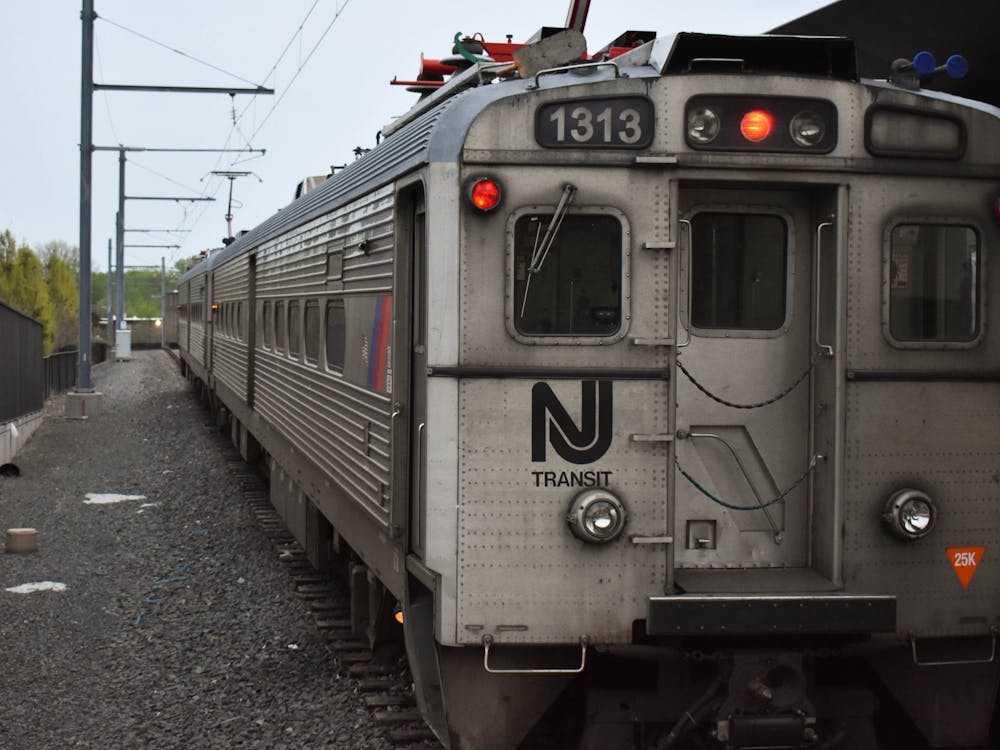The University's decision to lower grades has sparked unusually sharp debate. I'm honestly not sure what I think. Dean Malkiel convinced me when she argued that the A-plus to B-plus scale many of us have been using doesn't convey a lot of information. But people who know about numbers started posting arguments for and against this thesis, and all of them — including those against the change — sounded convincing. Students made sense when they complained to me that lower grades would keep them from gaining admission to competitive graduate schools. But the students for whom I have written letters of recommendation over the last couple of years have competed very well against their rivals from schools with higher grading scales. I dunno.
But I do know something else. The "soft bigotry of low expectations" has made itself felt not only in faculty assessment of students, but in student assessment of faculty. Over my three decades at Princeton, we have abandoned an idiosyncratic but stringent system of teaching assessment — the best that I have ever seen or heard about — for what is basically no system worthy of name.
When I arrived here in 1975, teachers faced not one, but two independent systems of assessment. The first was conducted by faculty and had a number of parts. A University multiple-choice form, then as now, invited students to give each course numerical grades — which, like faculty grades for students, seemed to cover a wider range than they do now. In the history department, a second form invited comments and evaluations. These, again, were both longer and harsher than they seem to be these days.
Finally, faculty evaluated faculty., since we spent most of our time in the classroom precepting for other professors. As a junior faculty member, I had the amazing experience of running precepts for Ted Rabb's course on Renaissance culture, Mike Mahoney's survey of the scientific revolution, Bill Jordan's lectures on English constitutional history and Carl Schorske's dazzling lectures on fin-de-siecle Vienna — each course a masterpiece from which I learned a huge amount.
More amazing still, these same senior professors served as preceptors in my own survey of Renaissance and Reformation history. They listened, with every appearance of patience and attention, to my lectures, they taught my syllabus and they told me, at the end of the course, what I had done wrong (imagine what fun that was!). By the time my contract as an assistant professor came up for renewal, my department could discuss my teaching in detail, partly on the basis of evaluations, but mostly on that of reports from distinguished teachers who had taught with me.
Student evaluation, in those days, was also stringent and serious. Detailed and often penetrating, evaluations from the Student Course Guide made a real impact. Enrollments bounced up when a favorable essay appeared and fell sharply when a critic complained about the quality of a course.
The Daily Princetonian also played a role in teaching assessment. Every semester, a front-page article profiled the courses that had won the highest — and lowest — ratings in the University. Teaching of high quality was literally headline news. 'Prince' journalists wrote formal profiles of particularly innovative teachers and courses. Even the "Nassau Weekly" played its subversive part. "Verbatim," in the old days, regularly reported faculty members' more unbuttoned remarks — another form of useful information for potential students.
Over time, we abandoned the method of faculty-based evaluation. Graduate students needed experience as preceptors to prepare themselves for careers as teachers. Undergraduates needed more seminars to guide them in research projects. And new subjects demanded new forms of teaching for which the old lecture-precept model no longer worked. Sadly, Princeton came to resemble other top universities.

Given these changes in our way of teaching, we need more serious student evaluations to make up for what we have lost. But students have gradually stopped producing the tough-minded assessments that once made teachers' lives at Princeton so stimulating.
Princeton still cares more about teaching, as an institution, than most other universities. We teach more than our colleagues elsewhere, which sometimes makes it hard to persuade colleagues from other universities to join us. We worry about our courses and work hard with our juniors and seniors. But when it comes to deciding how well we — and our colleagues — are doing in class, we now have less information to go on than we used to.
Those who complain about the grading policy like to point out that Princeton admits more academic ones these days — students who are both abler and more committed to their work than their predecessors. But this new gifted student population isn't doing nearly as much as students did 30 years ago to describe, criticize and improve the teaching that should be our central business. It all looks like inverse grade inflation to me. If you want faculty to believe that you're listening hard and critically, this is certainly not the way to prove it. Anthony Grafton is the Henry Putnam University Professor of History. He can be reached at grafton@princeton.edu.








